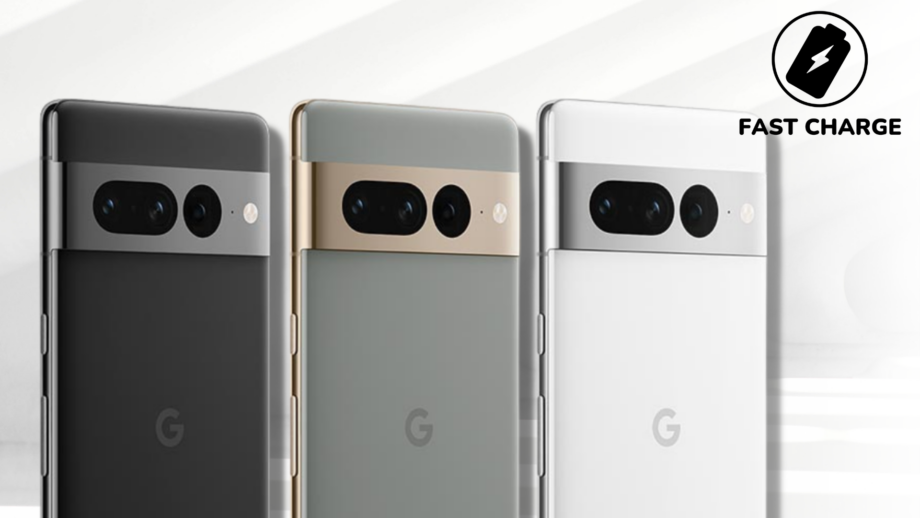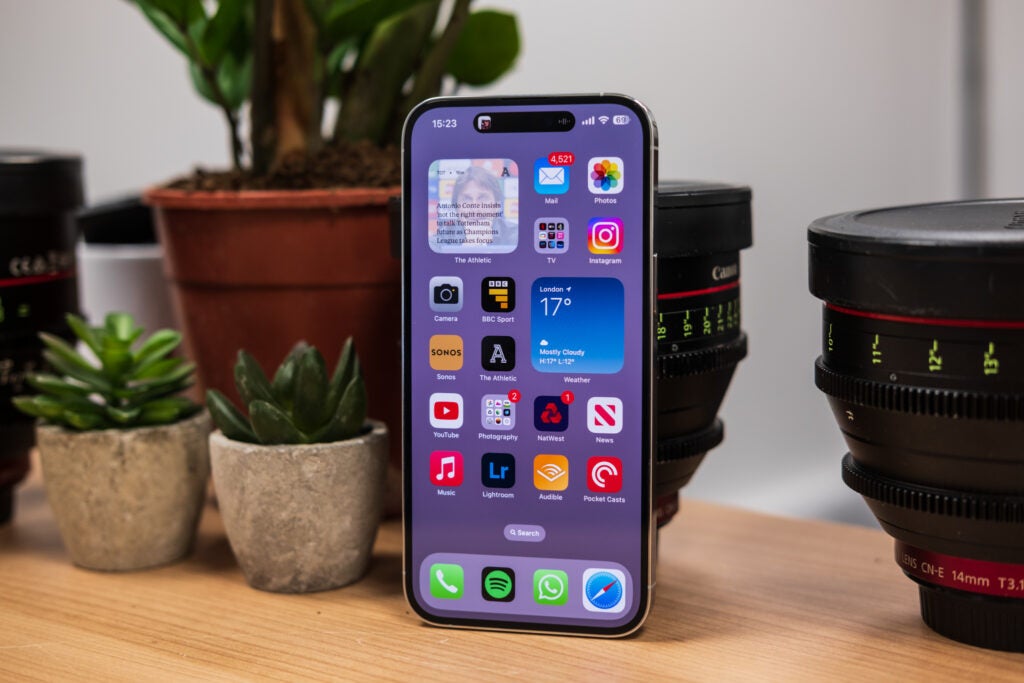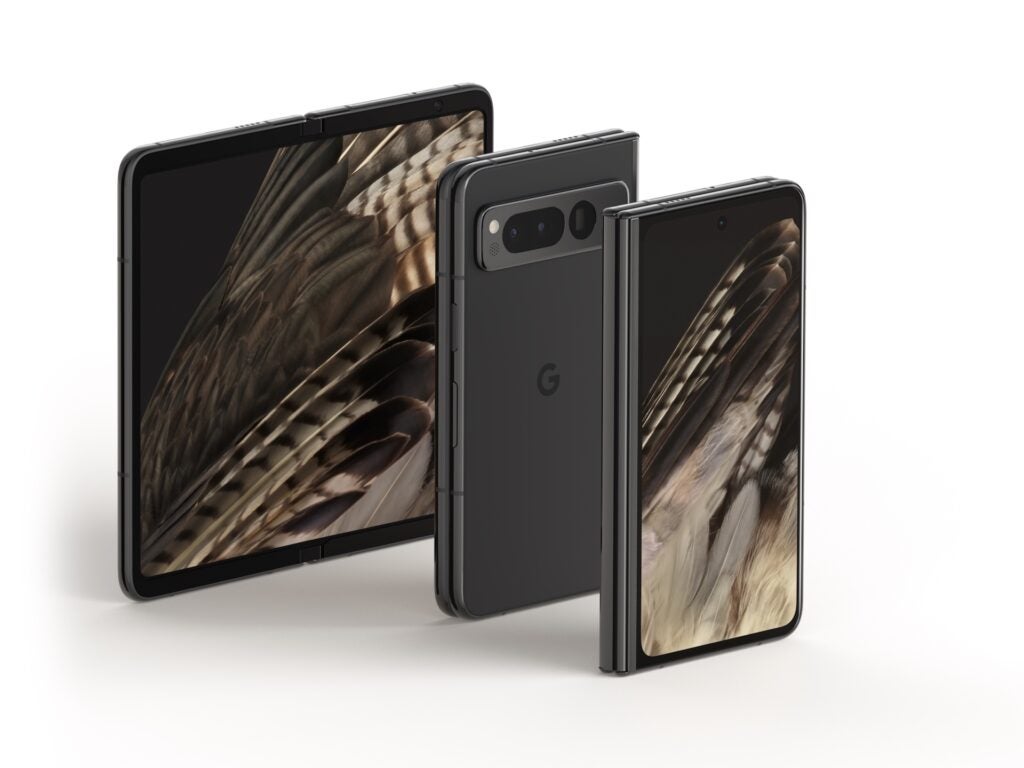Fast Charge: The Pixel 8 Pro’s rumoured temperature sensor shows we’ve hit peak smartphone

OPINION: A big Pixel leak this week showcased an official-looking video seemingly showing off a new temperature sensor within the upcoming Google Pixel 8 Pro. If true, it’s a sign that we’ve hit peak smartphone, with manufacturers now looking to incorporate – let’s be honest – a gimmick on a flagship phone to help boost sales.
The concept, if true, uses a new sensor on the rear of the smartphone to test your temperature, simply by holding it against your temple for a few seconds. There’s a leaked video on Twitter that showcases the rumoured temperature sensor if you’re curious about this particular feature.
Yes, it looks cool, but how helpful will that be in daily use? I remain unconvinced. In fact, I’d argue that the rumoured upgrade is a far cry from what I’d consider the glory days of smartphone development in the late 2000s and 2010s.

This is the period that not only saw the original iPhone transform into the popular smartphone we know today, but it was a time when year-on-year changes were significant and saw a genuine boost to the overall user experience, be it vastly improved displays, better processing tech, larger batteries or more.
A comparison between smartphones available in 2010 and those on the market in 2019 reveals significant advancements, such as the shift from low-resolution LCD to high-definition OLED displays and the transition from basic single-core chips to powerful multi-core processors. In the 2020s, though, I feel like we’re losing a bit of that spark, with new smartphones increasingly looking and performing similarly to their predecessors.
Pixel 7a with 20GB of data on O2 + Free Pixel Buds
The best bargain on the Pixel 7a has just arrived, making this the best opportunity for people to upgrade.
- Affordable Mobiles
- Only £35 upfront
- Now £20/month
I should note that this logic doesn’t apply to foldable smartphones. Unlike traditional devices, foldables are experiencing substantial year-on-year advancements reminiscent of the smartphone industry in the 2010s, be it significant improvements to hinge tech or foldable displays, which makes them feel like worthy upgrades. Elsewhere though? I’m not so sure.

Take the recently announced Sony Xperia 1 V for example; while it’s still very much a flagship smartphone, it looks and performs much like its predecessor with the exception of a slightly better camera and slightly faster processor. It’s not exactly enough to fill your stomach with butterflies, is it?
That’s why companies like Google are scrambling to include tech like the temperature sensor within their flagship smartphones – simply to do something a little different and stand out from the competition. But rather than implementing gimmicks that’ll rarely be used in everyday use, I’d prefer genuinely helpful features that’ll improve my day-to-day experience.
If manufacturers cannot deliver genuinely helpful features, it begs the question: have we reached peak smartphone? The answer might very well be yes.
Of course, phones will continue to get faster, more efficient and more capable over time, but I think transformative year-on-year upgrades will become more of a rarity in the smartphone industry at large. This trend could result in a stagnant market where consumers no longer feel the need to upgrade their smartphones as frequently as before.
The question arises: if the smartphone market stagnates, what will emerge as its replacement? AR glasses? Smartwatches? Elon Musk’s NuraLink? The coming years of the 2020s will undoubtedly be intriguing for the smartphone market, and only time will tell what lies ahead.
What do you want from a new smartphone when you’re on the hunt for an upgrade? Do you care about huge leaps in tech or do you simply want something that works? Let me know on Twitter.


